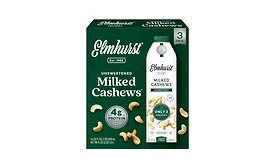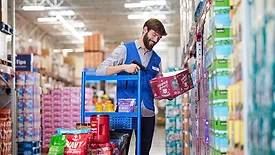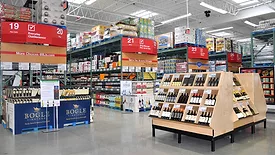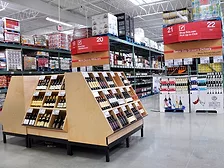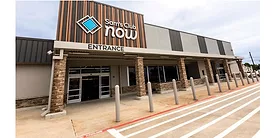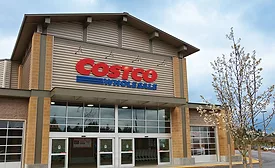Home » Keywords: » club stores
Items Tagged with 'club stores'
ARTICLES
Club stores appeal to consumers with convenience, pricing
Channel’s steady performance can be contributed to various factors
July 31, 2025
Value, consumer savings drive growth for club stores
Private label brands help drive shopper loyalty within channel
July 29, 2024
Channel Strategies
Club stores help consumers fulfill their quest for value
Technology elevates club store experience, online presence
August 1, 2023
Channel Strategies
Club stores conquer through curation
Members expect deals on desirable bulk items, fuel and more
August 3, 2022
Channel Strategies
Consumers’ one-stop shopping lifts club store channel
Mobile apps streamline shopping process
July 19, 2021
Channel Strategies
Club stores pivot in pandemic climate
Healthy products, omni-channel offerings drive club store growth
August 3, 2020
Club store channel performance holds steady
Stores find new ways to enhance shopping experience
August 21, 2019
Ecommerce affecting profitability of club stores
Club stores offer online grocery incentives, free shipping
August 13, 2018
Elevate your expertise in the beverage marketplace with unparalleled insights and connections.
Join thousands of beverage professionals today. Shouldn’t you know what they know?
JOIN NOW!Copyright ©2025. All Rights Reserved BNP Media.
Design, CMS, Hosting & Web Development :: ePublishing
